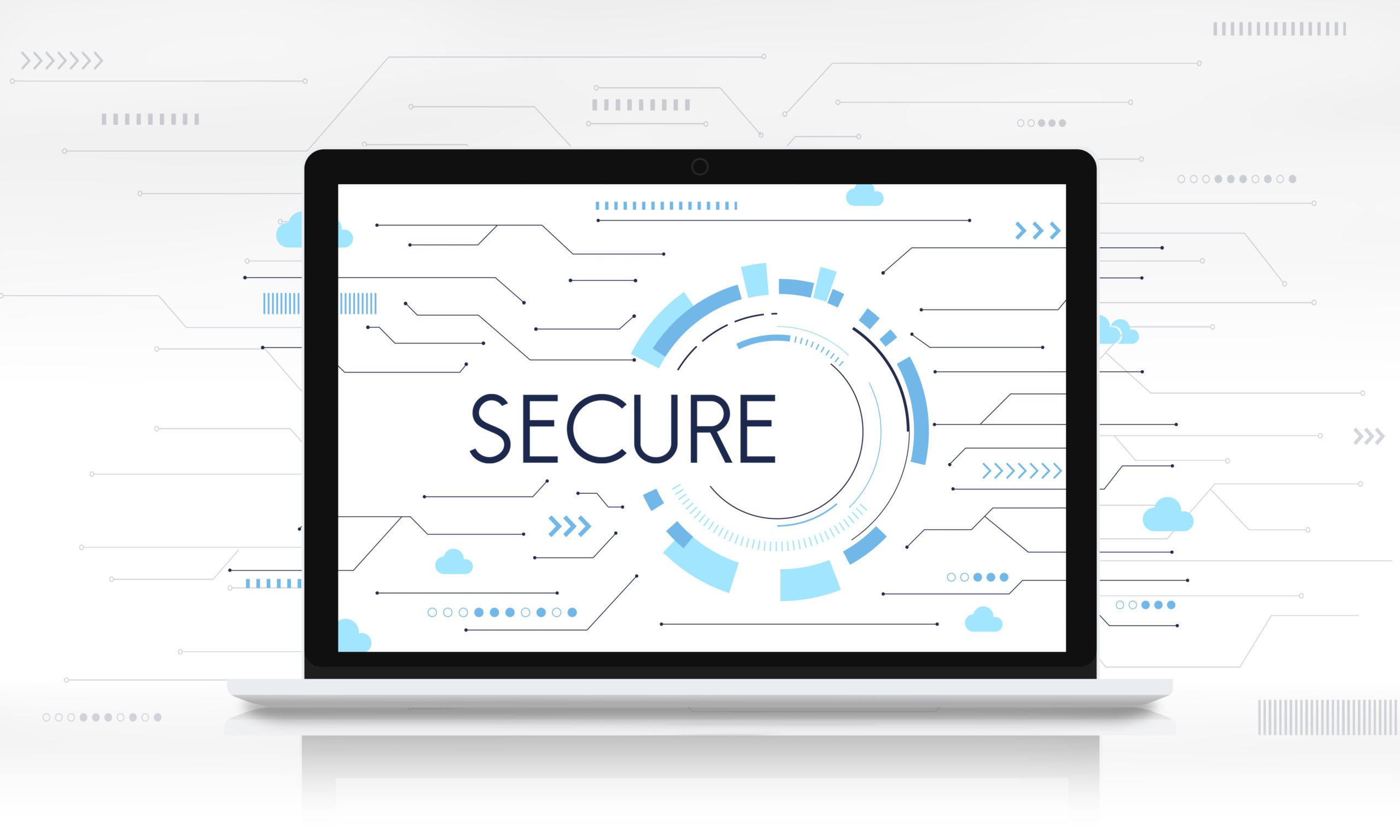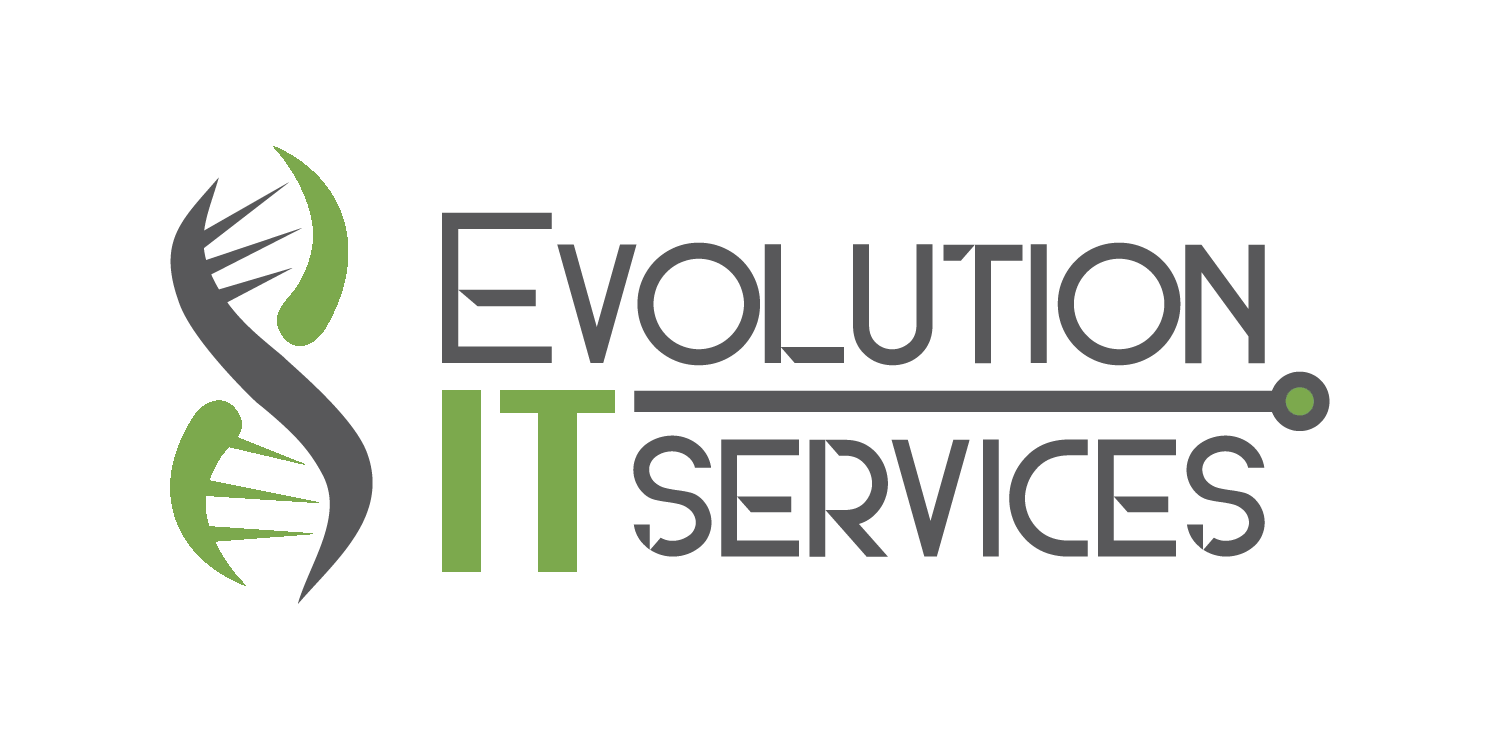
5 Must-Know Tips for Creating an Effective Data Backup & Security Strategy
Backup & Security
Data is an essential asset for businesses of all sizes, and ensuring its safety and security is crucial. Unfortunately, data breaches and data loss incidents happen more often than we’d like, causing massive damage to businesses. In fact, according to a report by IBM, the average cost of a data breach is $4.24 million. That’s a considerable amount, and it’s not just monetary damage. A data breach can also damage a business’s reputation, customer trust, and more. Therefore, businesses need to have a robust data backup and security strategy in place. Before we move on any further, first, let’s learn a little about data backup & security.
What is Data Backup & Security?
Data backup refers to creating a duplicate copy of the company’s data to protect against data loss due to accidental deletion, hardware failure, or cyberattacks. A secure backup ensures that the data can be quickly and easily restored in the event of a data loss incident.
Security, on the other hand, involves protecting the company’s data from unauthorized access, theft, or corruption. A comprehensive security strategy includes implementing access controls, encryption, firewalls, antivirus software, and other measures to safeguard data.
Why is Data Backup & Security Required by Companies?
Data loss or a security breach can be costly and devastating for a business. It can result in reputational damage, loss of revenue, legal consequences, and other significant impacts. Therefore, it is crucial to have a data backup and security strategy in place to prevent such incidents from occurring.
Furthermore, many industries have regulatory requirements for data backup and security, such as HIPAA for healthcare or GDPR for businesses operating in the European Union. Failure to comply with these regulations can result in severe consequences. That is one of the main reasons why most companies opt for IT consulting so that their life can be a little easier.
Now that we have understood what we are talking about let’s have a look at tips for creating an effective data backup & security strategy
Determine Your Data Backup Needs
The first step in creating a robust data backup strategy is determining what data needs to be backed up. You can’t back up everything, so it’s essential to identify the critical data that needs to be protected. This includes all data that is essential to business operations, such as financial data, customer information, and proprietary information.
It’s also crucial to consider how frequently this data needs to be backed up. For instance, financial data may need to be backed up daily, while other data may only need to be backed up weekly or monthly. Understanding the frequency of data backups will help you to determine the appropriate backup solutions to use.
Implement the Right Backup Solutions
Once you have determined your data backup needs, it’s time to select the appropriate backup solutions. There are several backup solutions available, including onsite, offsite, and cloud-based solutions. Each has its advantages and disadvantages, so it’s important to choose the right one for your business needs.
Onsite backup solutions involve backing up data on physical devices, such as hard drives or tapes, which are kept on-premises. This backup solution is ideal for businesses that have limited amounts of data to back up and have IT personnel to manage the backups.
Offsite backup solutions, on the other hand, involve backing up data on physical devices that are stored in a different location from the primary data center. This solution is ideal for businesses that need to protect data from natural disasters or other catastrophic events.
Cloud-based backup solutions, such as Microsoft OneDrive and Google Drive, involve backing up data to a remote server via the Internet. This solution is ideal for businesses that require frequent backups and don’t want to manage physical backup devices.
Implement Access Controls
Data security is just as important as data backup. Therefore, businesses should implement access controls to ensure that only authorized personnel can access sensitive data. This can be achieved through various means, such as user authentication and access level permissions.
User authentication involves requiring users to provide login credentials before accessing the system. This ensures that only authorized personnel can access sensitive data. Access level permissions, on the other hand, involve setting different levels of access for different users. For instance, only top-level executives may have access to financial data, while customer service representatives may only have access to customer information.
Regularly Test and Update Your Data Backup & Security Strategy
A data backup and security strategy is only effective if it’s regularly tested and updated. Therefore, businesses should conduct regular tests to ensure that their backup and security systems are working correctly. This can be achieved through various means, such as conducting data recovery drills and penetration testing.
Data recovery drills involve simulating a data loss incident and testing the data recovery process. This ensures that the backup solution is working correctly and can restore data in the event of a data loss incident. Penetration testing, on the other hand, involves attempting to hack into the system to identify vulnerabilities and weaknesses in the security system.
Train Your Employees on Data Backup & Security Best Practices
Employees are often the weakest link in data security. Therefore, businesses should train their employees on data backup and security best practices to minimize the risk of data breaches and data loss incidents. This includes educating employees on the importance of data security, how to identify and report security threats, and how to use backup and security systems.
Training should be conducted regularly, and new employees should receive training as part of their onboarding process. Additionally, businesses should implement policies and procedures to ensure that employees adhere to data backup and security best practices. For instance, policies could include guidelines on password creation, data access, and use of personal devices on the company network.
Conclusion
Data backup and security are critical components of any business’s IT strategy. A robust backup and security strategy can protect a business from the damaging effects of data breaches and data loss incidents. By following the five tips outlined in this article, businesses can create an effective data backup and security strategy that meets their unique needs. Remember to follow all the above-mentioned things to have secure Data. By adopting these measures, businesses can feel confident that their data is secure and protected.



